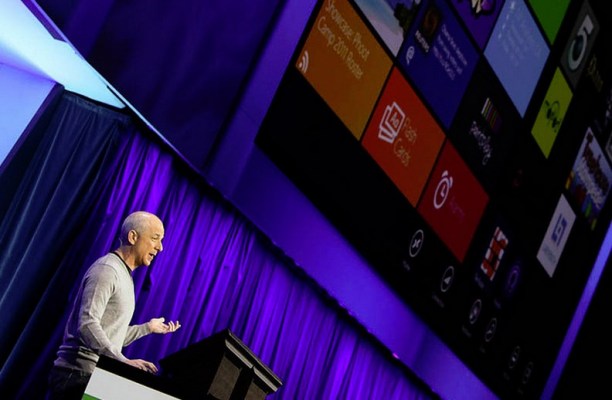Windows developers are not happy that Microsoft will not provide them with a copy of the newly “completed” Windows 8.1 RTM build. Instead, Microsoft has decided to make the developers who are part of TechNet and the Microsoft Developer Network (MSDN) wait like the rest of us until the middle of October.
The decision isn’t sitting well. Developers are accustomed to getting their hands on the RTM build when it’s done, so that they can update their apps to work with the final code. It is worth noting that Windows 8.1 has a huge number of new APIs and capabilities that developers need to learn and employ. Developers will not have a chance to hone their applications against the RTM build’s set of new tools until general availability.
The reason? Windows 8.1 is actually not done. Wait, you might be saying. How can it not be done if it has been released to manufacturers, which is when an operating system is, in fact, “done”? Paul Thurrott has a good take on the situation: “[T]he firm also confirmed my report that it would continue updating Windows 8.1 between RTM and general availability (GA), and for this reason it is not providing early access to the ‘complete’ RTM bits.”
Right. So Microsoft, in a bid to appear on time, decided that Windows 8.1 is “done.” But it isn’t, so developers can’t have it. A Microsoft spokesperson provided a short statement, that proposes developers lean on the Windows 8.1 preview for application testing:
We are moving to a world of more continuous updates delivered in-product. This rapid release schedule means our customers, including our large community of developers, are getting access to updates at a much faster pace. We are working to streamline that experience by delivering product updates through the Windows Store. For developers who want to begin building and testing apps for Windows 8.1, they already have all the tools they need using Visual Studio 2013 Preview and Windows 8.1 Preview.
In other words, test against the preview, and you’ll be fine. Developers, however, are not enthused with the proposed middle ground. Comments range from open disbelief to outrage. Some pointed to the money they are paying for access to the MSDN, funds that were in some cases likely spent for the very operating system access that is currently being denied. From a comment on ZDNet: “This move is going to do serious damage to an already fragile Microsoft-Developer relationship.” Computer World was early to the story, and has a decent compendium of complaints, if you want more flavor.
Microsoft wants as much developer support for its Windows 8 platform as possible. The operating system contains an application store that is at the heart of Microsoft’s plan to build meaningful tablet market share. No apps, no sold tablets. And, of course, fewer happy developers means fewer new apps. Developer happiness therefore matters in a competitive platform landscape. This is why companies on the scale of Microsoft and Google have teams designed to woo developers to their platforms.
Windows 8.1 is a key piece of software for Microsoft that will dictate how it performs in the tablet market in 2014, and will also help set the rate of decline for the larger PC market. The better Windows 8.1 is, the slower the decline of desktops and laptops.
Microsoft released a short guide on how to prepare an application for Windows 8.1. Developers openly dissented:
In an [sic] world inhabited by pink unicorns and pixie dust, the advice in this post would be sufficient. However we live in the real world last time I looked out the window. In the real world, developers must have access to the RTM bits before GA.
Not the best day to be on Microsoft’s developer outreach team.
Top Image Credit: BUILDWindows
